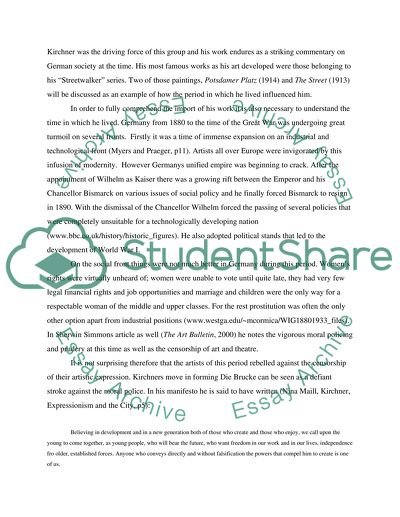Cite this document
(Ernst Ludwig Kirchner Essay Example | Topics and Well Written Essays - 2750 words, n.d.)
Ernst Ludwig Kirchner Essay Example | Topics and Well Written Essays - 2750 words. https://studentshare.org/biographies/1512727-ernst-ludwig-kirchner
Ernst Ludwig Kirchner Essay Example | Topics and Well Written Essays - 2750 words. https://studentshare.org/biographies/1512727-ernst-ludwig-kirchner
(Ernst Ludwig Kirchner Essay Example | Topics and Well Written Essays - 2750 Words)
Ernst Ludwig Kirchner Essay Example | Topics and Well Written Essays - 2750 Words. https://studentshare.org/biographies/1512727-ernst-ludwig-kirchner.
Ernst Ludwig Kirchner Essay Example | Topics and Well Written Essays - 2750 Words. https://studentshare.org/biographies/1512727-ernst-ludwig-kirchner.
“Ernst Ludwig Kirchner Essay Example | Topics and Well Written Essays - 2750 Words”. https://studentshare.org/biographies/1512727-ernst-ludwig-kirchner.


